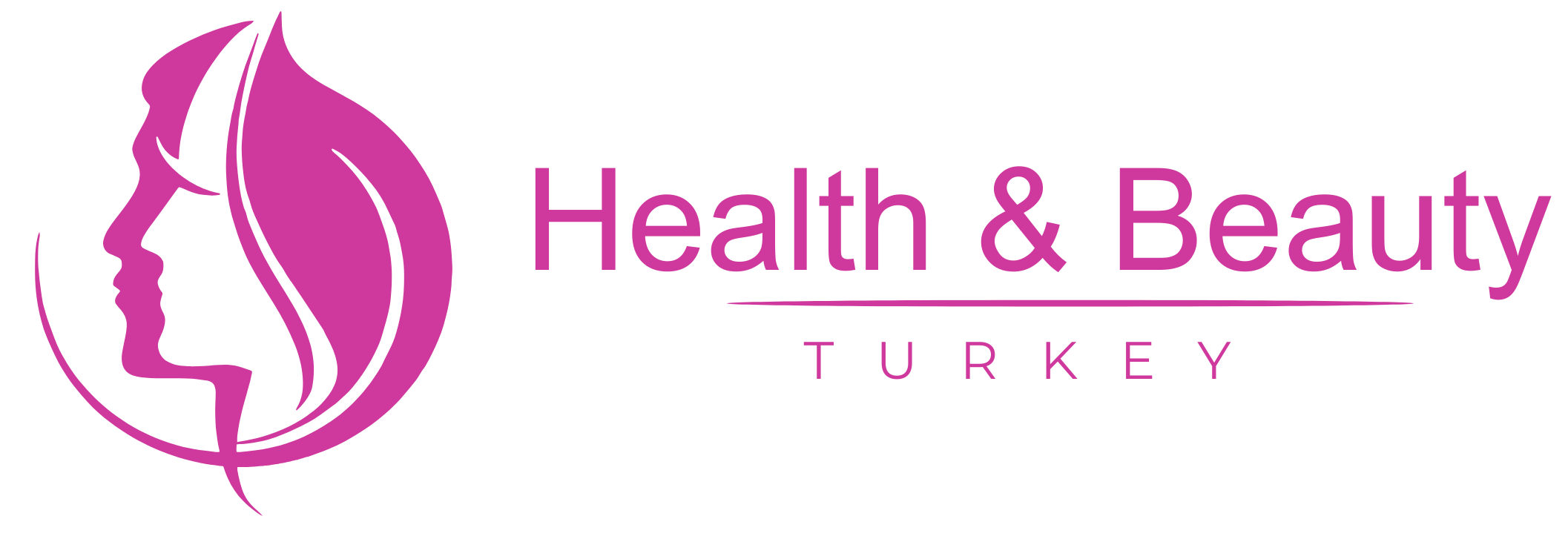Fungal acne, caused by the yeast Malassezia, presents as small, uniform bumps often mistaken for traditional acne. Effective treatment combines antifungal ingredients, anti-inflammatory care, and a gentle skincare routine. Key approach: 1) Confirm the diagnosis with a clinician; 2) Use antifungal products containing ketoconazole, ciclopirox, or zinc pyrithione; 3) Consider selenium sulfide shampoos used topically; 4) Avoid heavy oils and occlusives that feed yeast; 5) Keep skin clean and dry, wipe after sweating; 6) If using exfoliants, prefer salicylic acid and azelaic acid, but avoid harsh scrubs; 7) Be cautious with antibiotics that can worsen fungal conditions; 8) Follow-up with a dermatologist for persistent cases. Common at-home routines: cleanse with a gentle, non-comedogenic cleanser, apply antifungal treatment as directed, and moisturize with a non-pore-clogging moisturizer. Important: treatment can take several weeks; if symptoms persist or worsen, seek medical advice.
Fungal Acne Treatment: Causes, Diagnosis, and Skincare



